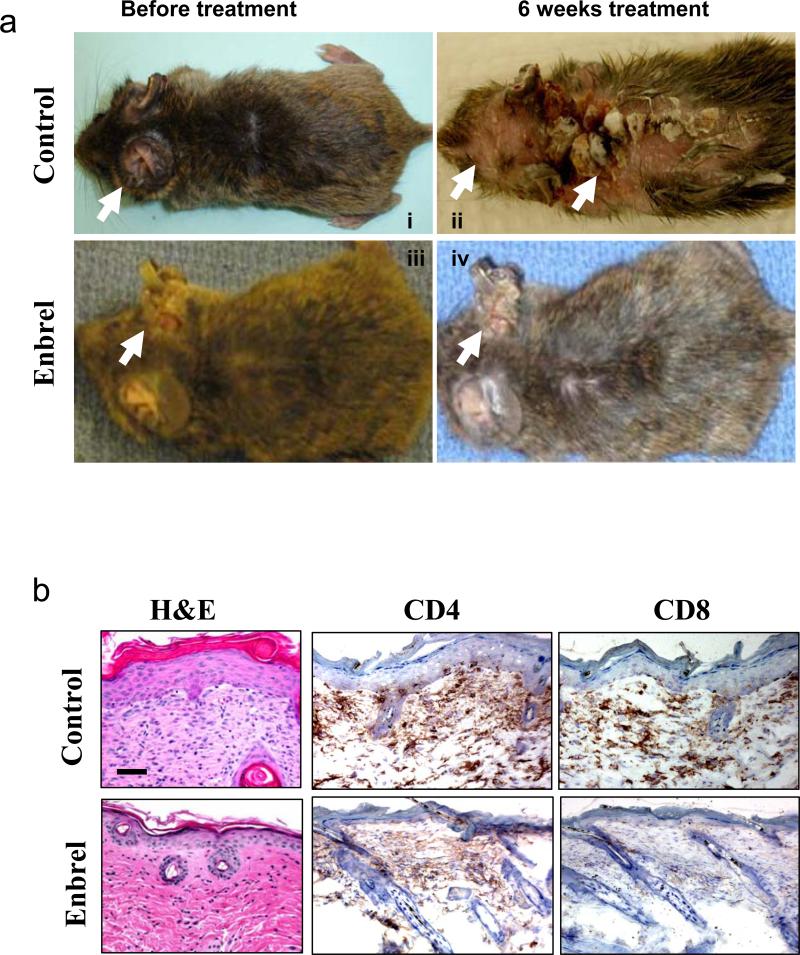Fig. 3. Enbrel therapy relieve the inflammatory symptoms of K5.TGFβ1wt mice.
(a) Typical gross appearances of K5.TGFβ1wt mice before and after Enbrel treatment for 6 weeks. Normal saline treated mice were used as controls. Minor skin inflammation appeared on the ear of K5.TGFβ1wt mice at the age of 6 weeks (i & iii) and progressed to spread over most of the body area with psoriatic plaques or skin inflammation at the age of 12 weeks (ii). Enbrel therapy prevented acceleration of skin phenotypes (iv). Arrows point to inflammation sites. (b) H&E staining of K5.TGFβ1wt skin sections 6 weeks with and without Enbrel treatment (left) revealed significant reduction of epidermal thickness. However, K5.TGFβ1wt skin exhibited alleviative infiltration of CD4 and CD8 T cells and mild reduction in epidermal thickness as early as 3 weeks after starting Enbrel therapy (middle and right panels). The bar in panel (b) represents 40μm.

